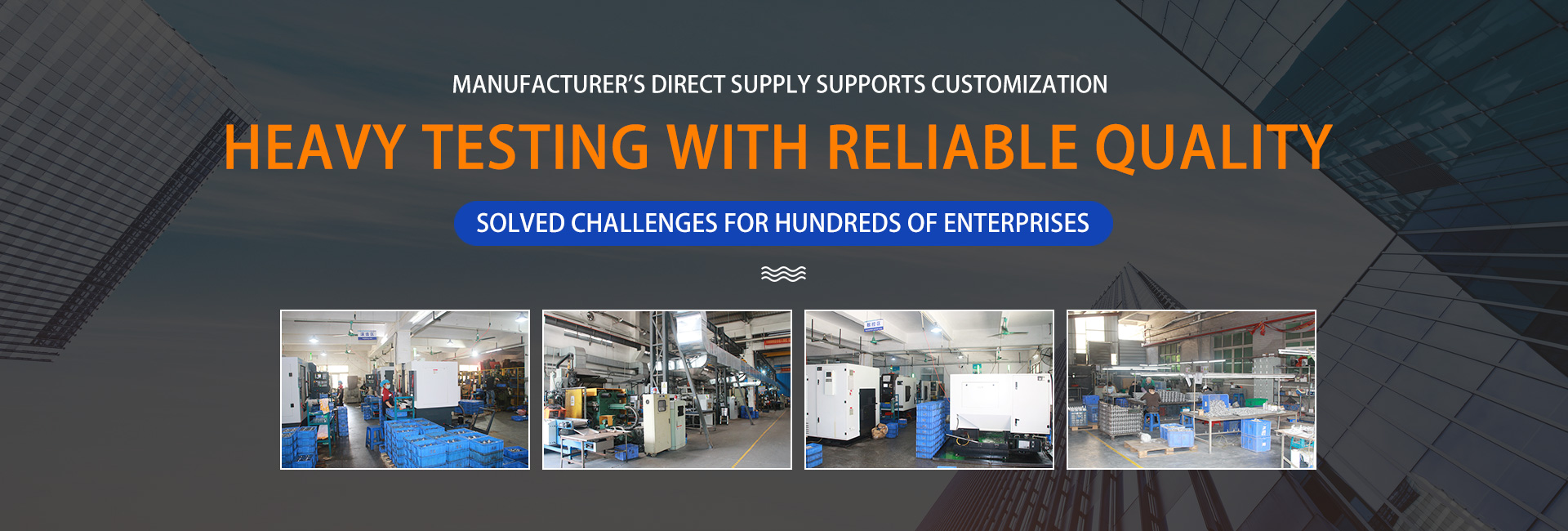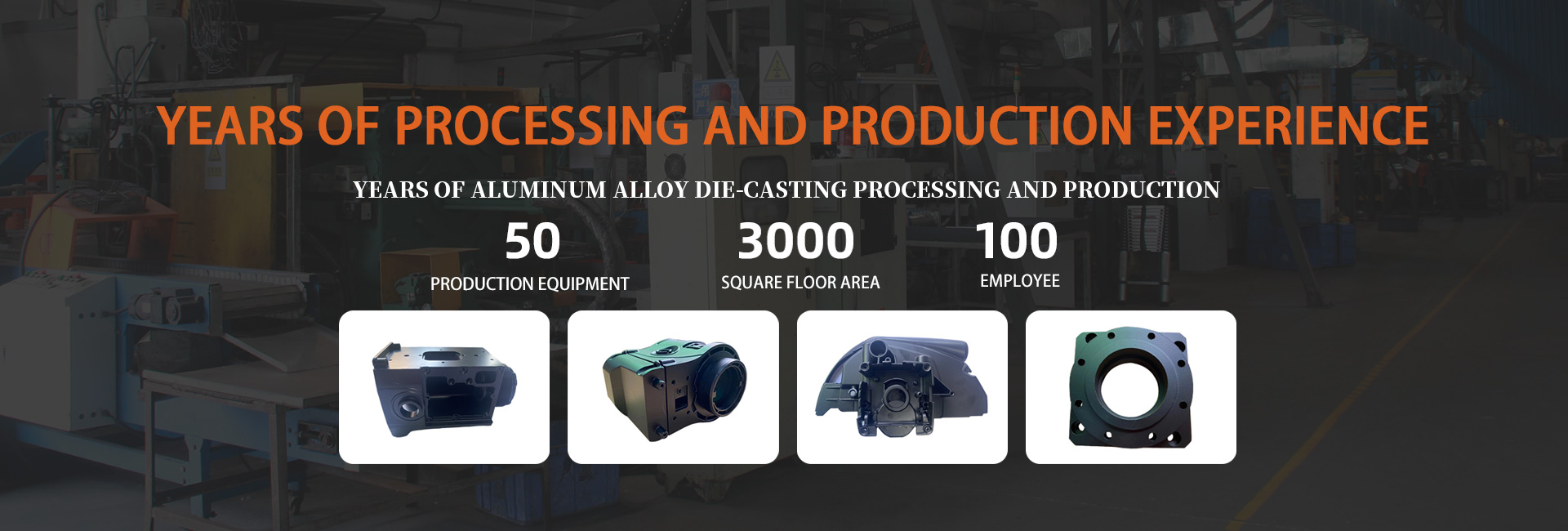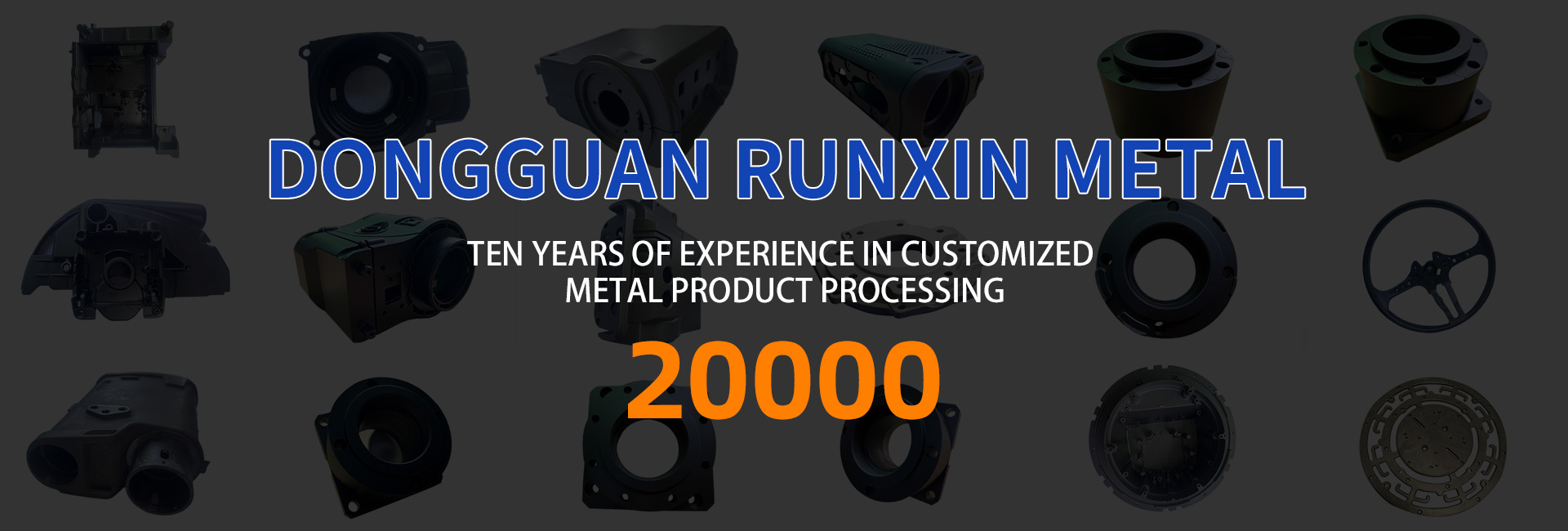What are the anti-corrosion methods for magnesium alloy products
Release time:2023-05-24 23:45:35 orderWhat are the anti-corrosion methods for magnesium alloy products?
The density of magnesium is only 1.8g/cm3, making magnesium alloy 30% lighter than aluminum alloy and 80% lighter than steel. At the same time, it has an excellent strength to weight ratio, with a yield strength of 160 MPa and a tensile strength of 240 MPa, making it widely used in electronic products, aerospace and other fields that are sensitive to quality and strength.
Under the premise of maintaining a good structure, magnesium alloys allow the minimum wall thickness of castings to reach 0.6 millimeters, which is not achievable by plastic and aluminum alloys. Magnesium alloys are easy to die-cast and have better machinability, making them more suitable for large-scale production.
Magnesium metal itself has excellent shock absorption performance and can absorb a large amount of vibration and noise, making it very suitable for manufacturing LCD backboards.
Magnesium alloys have excellent electromagnetic shielding properties. Modern electronic products generally require a shell with excellent electromagnetic shielding to isolate various electromagnetic interference outside the machine, and magnesium alloy can effectively complete this task.
However, under current technical conditions, magnesium alloys still have their own defects:
Although castings can be made very thin, magnesium alloy castings should not be too thick and can only be limited to specific size chemical treatments
The chemical conversion coating of magnesium alloy can be divided into chromate system, organic acid system, phosphate system, KMnO4 system, rare earth element system and stannate system according to the solution.
The traditional chromate film has a compact structure with Cr as the skeleton, while Cr containing structural water has a good self-healing function and strong corrosion resistance. However, Cr has significant toxicity and high wastewater treatment costs, making it imperative to develop chromium free conversion treatment. Magnesium alloy can be treated in KMnO4 solution to obtain amorphous chemical conversion film, and its corrosion resistance is equivalent to that of chromate film. The chemical conversion treatment of alkaline stannate can be used as a pre-treatment for magnesium alloy electroless nickel plating, replacing traditional processes containing harmful ions such as Cr, F, or CN. The porous structure of the chemical conversion film exhibits good adsorption during pre plating activation, and can improve the adhesion and corrosion resistance of the nickel plating layer.
The conversion film obtained from organic acid treatment can simultaneously provide corrosion protection and comprehensive properties such as optics and electronics, playing a very important role in the new development of chemical conversion treatment.
The chemical conversion film is relatively thin, soft, and has weak protective ability, and is generally only used as a decorative or protective intermediate layer.
anodic oxidation
Anodizing is one of the commonly used surface treatment technologies for magnesium alloys, which can obtain a coating base coating with better wear resistance and corrosion resistance than chemical conversion, and has good adhesion, electrical insulation, thermal shock resistance and other properties.
The electrolyte for traditional magnesium alloy anodizing generally contains elements such as chromium, fluorine, and phosphorus, which not only pollutes the environment but also harms human health. In recent years, the environmentally friendly processes developed have significantly improved the corrosion resistance and other properties of the oxide film compared to the classic processes Dow17 and HAE. The excellent corrosion resistance comes from the uniform distribution of elements such as Al and Si on its surface after anodizing, resulting in a dense and complete oxide film.
It is generally believed that the pores present in the oxide film are the main factor affecting the corrosion resistance of magnesium alloys. Research has found that adding an appropriate amount of silicon aluminum sol composition to the anode oxidation solution can to some extent improve the thickness and density of the oxide film layer, and reduce porosity. Moreover, the composition of the sol can cause a phased rapid and slow increase in film formation rate, but it basically does not affect the X-ray diffraction phase structure of the film layer.
However, the brittleness and porosity of the anodic oxide film make it difficult to obtain a uniform oxide film layer on complex workpieces. Within.
2. There are relatively few types of alloys available for die casting, such as AZ91D alloy for mobile phones, which is the only one available.
Due to the physical properties of magnesium itself, magnesium alloys cannot undergo heat treatment and are not suitable for welding without the use of shielding gas.









